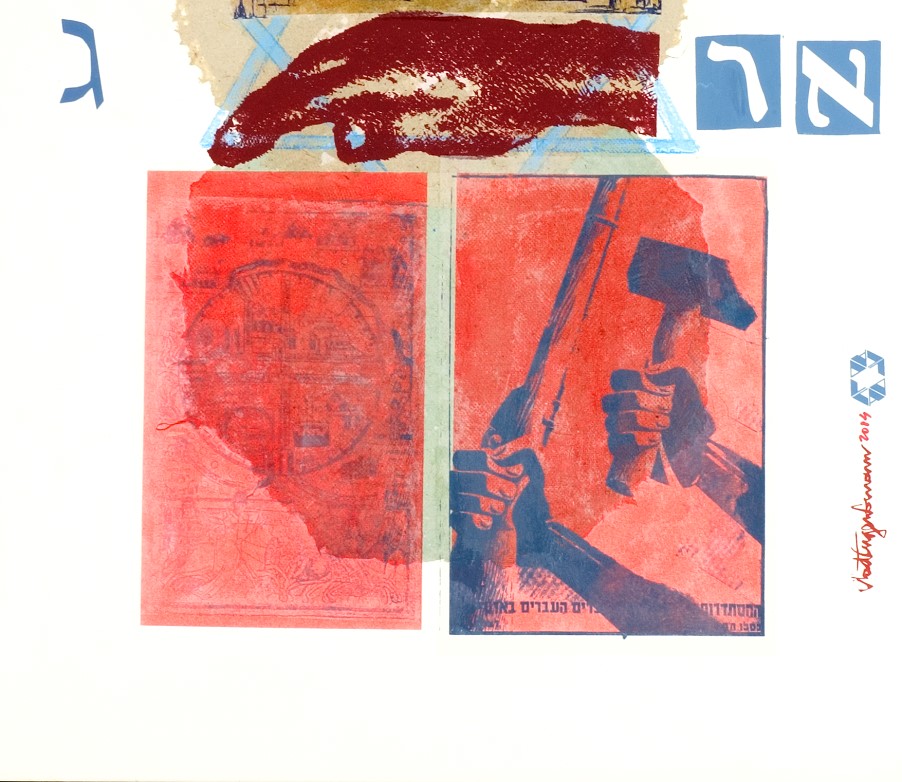Myths and Rituals
How Some Judaisms Look at Some Animals
DOI:
https://doi.org/10.35699/1982-3053.2022.41487Keywords:
Judaism, Kashrut, MythologyAbstract
The paper presents three distinct dimensions of Judaism in which it is possible to observe the different roles played by different animals. From the biblical narrative, through the strict rules of kashrut and the analysis of the Jewish principle that obliges to treat animals with compassion, the text tries to show the foundational pillars of the Jewish tradition that govern the relationships between humans and animals.
Downloads
References
BROWN, J. An Old´s dog, New Tricks. Forward, maio 2013.
DOUGLAS, M. Atonement in Leviticus. Jewish Studies Quarterly. v. 1, 1993-1994.
DOUGLAS, M. Purity and danger: An analysis of concepts of pollution and taboo. London: Routledge & Kegan Paul, 1966.
FISHKOFF, S. Kosher Nation: Why More and More of America's Food Answers to a Higher Authority. New York: Schoken, 2010.
FRANCIONE, G. L. Introdução aos direitos dos animais: seu filho ou seu cachorro? São Paulo: Editora UNICAMP, 2013.
GUZIK, O. El tanaj, bestiario ancestral. Diario Judío de México, Cidade do México, 10 fev. 2011.
HOWARD, C. Animal Speech as Revelation in Genesis 3 and Numbers 22. In: HABEL, N. C.; TRUDINGER, P. (ed.). Exploring Ecological Hermeneutics (SBL Symposium Series; Atlanta, GA: Society of Biblical Literature), 2008.
JACHTER, H Halachic Perspectives on Pets, Journal of Halacha & Contemporary Society, n. XXIII, Spring, 1992.
KEISAR, A. Não colocarás obstáculos na frente de um cego: O que está escrito na Torá, Profetas, Escritos, Mishná, Talmud, primeiros e últimos sábios sobre o derramamento de sangue dos seres vivos. Jerusalém, 2017-2018.
MILGROM, J. Leviticus 1-16. The Anchor Bible. New York: Double-Day, v. 3, 1991.
REGENSTEIN, L. Commandments of Compassion: Jewish Teachings on Protecting Animals and Nature. The Human Society of the United States, s/d. Disponível em: https://www.humanesociety.org/sites/default/files/archive/assets/pdfs/faith/commandmentsofcomp_3_08.pdf. Acesso em: 12 mai. 2022.
SCHWARTZ, M. M. Hunting: How It Became Un-Jewish. TheTorah.com. Disponível em: https://thetorah.com/article/hunting-how-it-became-un-jewish. Acesso em: 12 maio 2022.
SHEMESH, Y. And Many Beasts (Jonah 4:11): The Function and Status of Animals in The Book of Jonah. The Journal of Hebrew Scriptures, 10, 2010.
SHERMAN, P. The Hebrew Bible and the ‘Animal Turn. Currents in Biblical Research 2020, v. 19 (1).
SINGER, P. Libertação animal. São Paulo: Martin Fontes, 2010.
TOPEL, M. O "eruv" na Europa, nos Estados Unidos e no Brasil: novas estratégias de demarcação do espaço judaico. Cadernos de Língua e Literatura Hebraica, São Paulo: USP, n. 10, 2012.
TOPEL, M. F. O sagrado e o impuro no judaísmo: lei, comida e identidade. Rio de Janeiro: Telha Editora, 2022.
VAYA, M. Bedikas Hamazon: Laws and Practical Methods for Checking. Jerusalem: Feldheim, 2010.
WITTENBERG, J. To the Rabbis Who Banned Jews from Owning Dogs: You Must Be Barking. Haaretz, 29 jul. 2019. Disponível em: https://www.haaretz.com/israel-news/2019-07-29/ty-article-opinion/.premium/to-the-rabbis-who-ban-dogs-and-call-their-owners-accursed-you-must-be-barking/0000017f-e633-d62c-a1ff-fe7b450c0000. Acesso em: 13 maio 2022.
ZIVOTOFSKY, A. Z. et al. The Development of a Religious Animal Welfare Code and its Relevance for Contemporary Civil Laws. Journal of Animal & Natural Resources Law, v. 3, 2012.
Downloads
Published
How to Cite
Issue
Section
License
Copyright (c) 2022 Arquivo Maaravi: Revista Digital de Estudos Judaicos da UFMG

This work is licensed under a Creative Commons Attribution 4.0 International License.
Os direitos autorais pertencem exclusivamente aos autores. Os direitos de licenciamento utilizados pelo periódico é a licença Creative Commons Attribution 4.0 (CC BY 4.0): são permitidos o compartilhamento (cópia e distribuição do material em qualquer meio ou formato) e adaptação (remix, transformação e criação de material a partir do conteúdo assim licenciado para quaisquer fins, inclusive comerciais.






